Deserts may seem empty and lifeless, but they’re actually home to some of the most mysterious phenomena on Earth. From rocks that appear to move on their own to ancient symbols etched in the ground, these vast landscapes hold secrets that continue to fascinate scientists and travelers alike. Here’s a look at some of the world’s most intriguing desert mysteries and the strange wonders they reveal.
The Sailing Stones of Death Valley
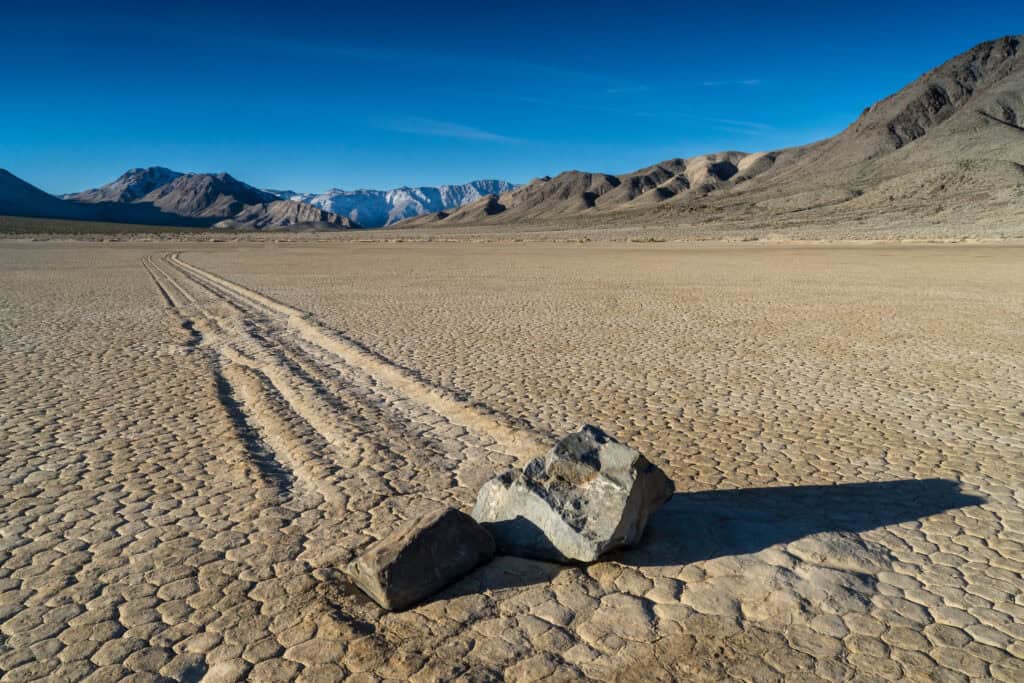
In California’s Death Valley National Park, the Racetrack Playa hosts a perplexing phenomenon known as the “sailing stones.” These rocks, some weighing hundreds of pounds, traverse the dry lakebed, leaving long trails behind them. For decades, their movement baffled observers, as no one had witnessed them in motion. In 2014, researchers documented that a combination of thin ice sheets, melting water, and light winds facilitated the stones’ gradual movement. This discovery highlighted the intricate interplay of environmental factors in seemingly static landscapes. Their paths can extend up to 1,500 feet, showcasing nature’s subtle dynamism. Visitors are advised to tread lightly to preserve these delicate tracks. Scientists continue to study the stones to understand more about the natural conditions contributing to their movement.
Fairy Circles of the Namib Desert
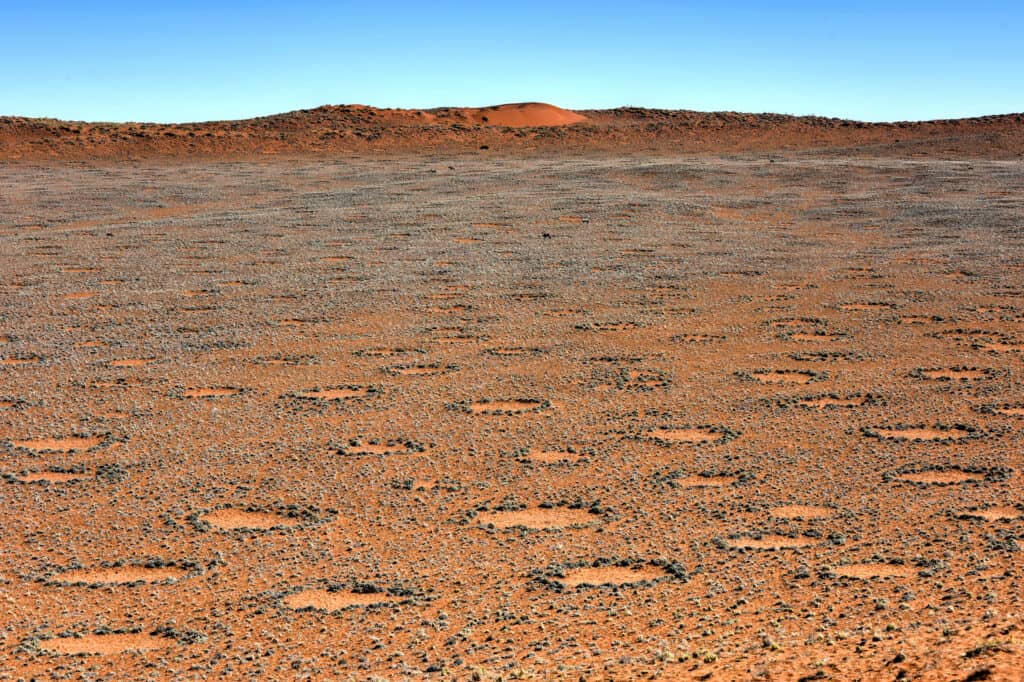
Scattered across Namibia’s Namib Desert are mysterious barren patches known as “fairy circles.” These circular gaps, surrounded by vegetation, range from 10 to 65 feet in diameter. Their origin has been the subject of debate, with theories attributing them to termite activity or self-organizing plant growth patterns. Recent studies suggest a combination of both factors, where termites clear vegetation, and plants compete for limited water resources, leading to these formations. The circles can persist for decades, gradually changing in size and shape over time. Their regular distribution across the landscape presents a striking visual pattern observable from aerial views. Its extreme conditions make it an ideal natural laboratory for studying such phenomena. Scientists continue to monitor these circles to observe any new formations.
The Marfa Lights of Texas
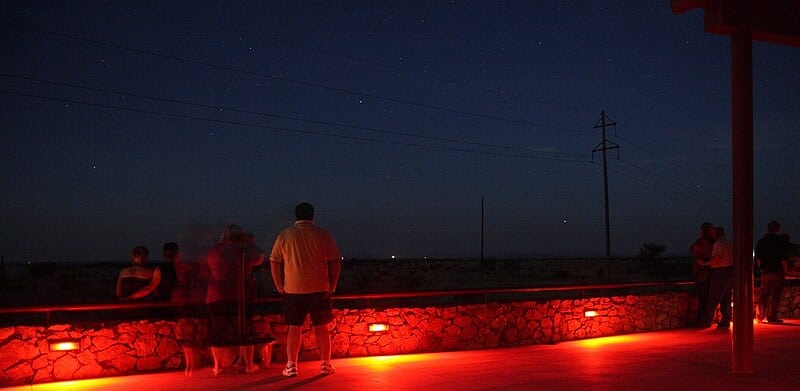
Near the town of Marfa in West Texas, unexplained lights have been reported since the late 19th century. These glowing orbs, known as the “Marfa Lights,” appear on the horizon, changing colors and moving erratically. While some attribute them to atmospheric reflections or car headlights, others believe they have supernatural origins. Scientific investigations have yet to provide a definitive explanation, leaving room for speculation. The lights are most commonly observed during clear nights and can be seen from designated viewing areas. Their unpredictable nature adds to the allure, drawing tourists and researchers alike. Local festivals celebrate this enduring mystery, highlighting its cultural significance. These continue to be one of the most talked-about phenomena in the region.
Desert Bloom in the Atacama
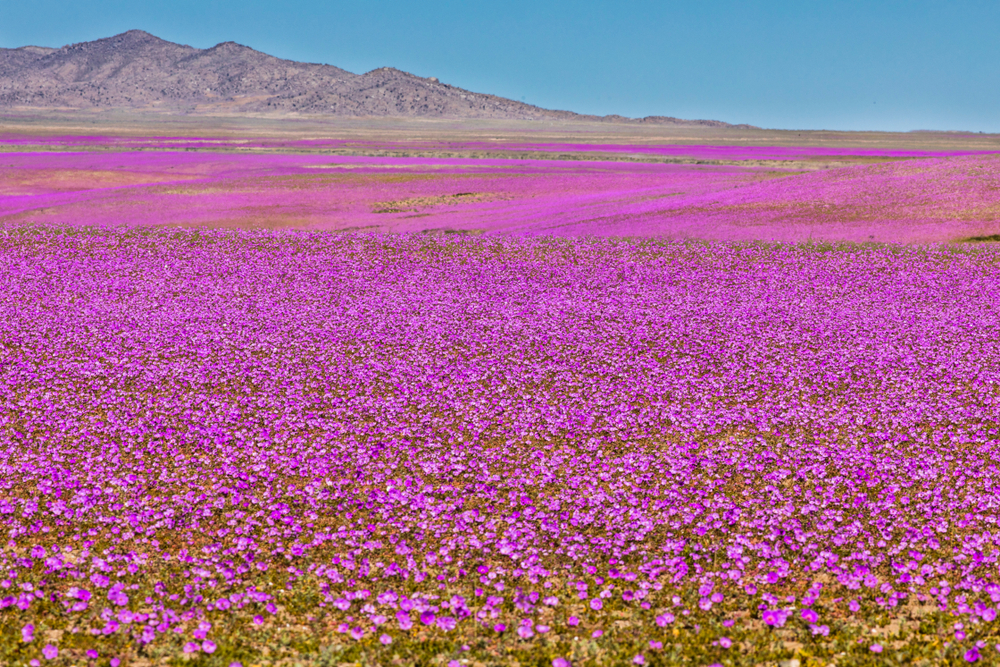
Chile’s Atacama Desert, one of the driest places on Earth, occasionally transforms into a vibrant carpet of flowers. This rare event, known as the “desert bloom,” occurs when unexpected rainfall awakens dormant seeds. The resulting explosion of color includes species like the pink mallow and yellow ananuca. Such blooms are unpredictable, often linked to El Niño weather patterns that bring increased precipitation. The phenomenon not only attracts tourists but also provides a temporary boost to local ecosystems. Researchers study these events to understand plant resilience and adaptation in extreme environments. The blooms can last several weeks, offering a fleeting glimpse of nature’s resilience. Conservationists are working to protect these areas during bloom periods due to the increased tourist traffic.
Singing Sand Dunes
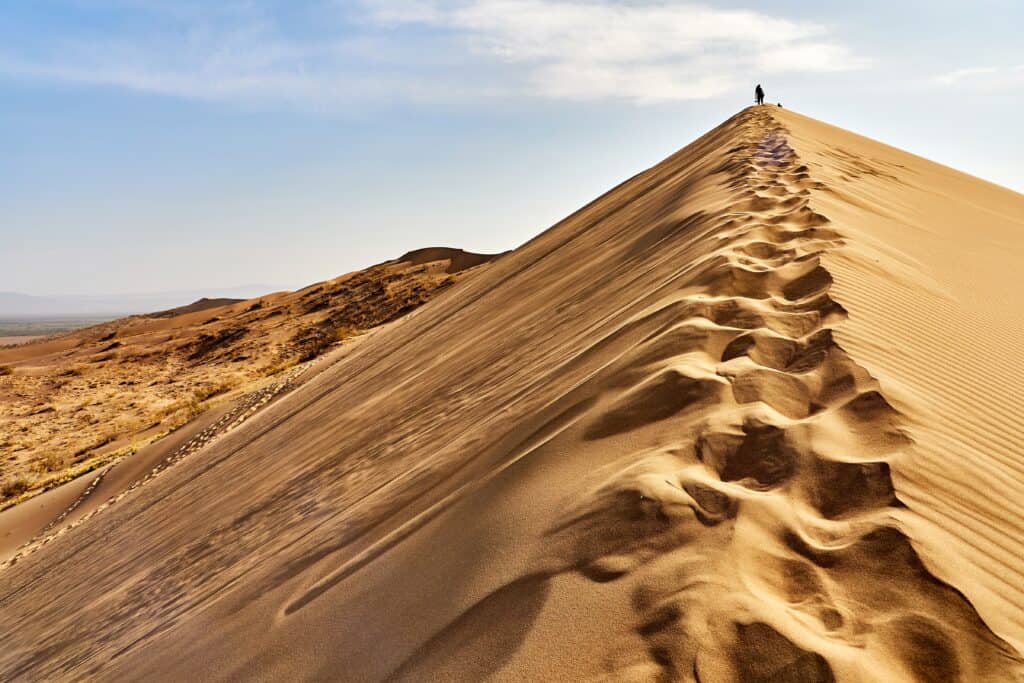
Certain deserts around the world, including those in China, Oman, and the United States, feature sand dunes that emit a deep, humming sound. This “singing” occurs when sand grains slide down the dune’s slope, creating vibrations. The frequency and volume depend on factors like grain size, humidity, and dune shape. Some dunes produce sounds resembling musical notes, while others emit more of a roar. The phenomenon has been documented for centuries, with Marco Polo reportedly describing it during his travels. Modern studies suggest that the synchronized movement of sand grains amplifies the sound, much like a musical instrument. Visitors often seek out these dunes to experience the natural symphony firsthand. Researchers continue to study the sound production mechanics across different dunes worldwide.
Libyan Desert Glass
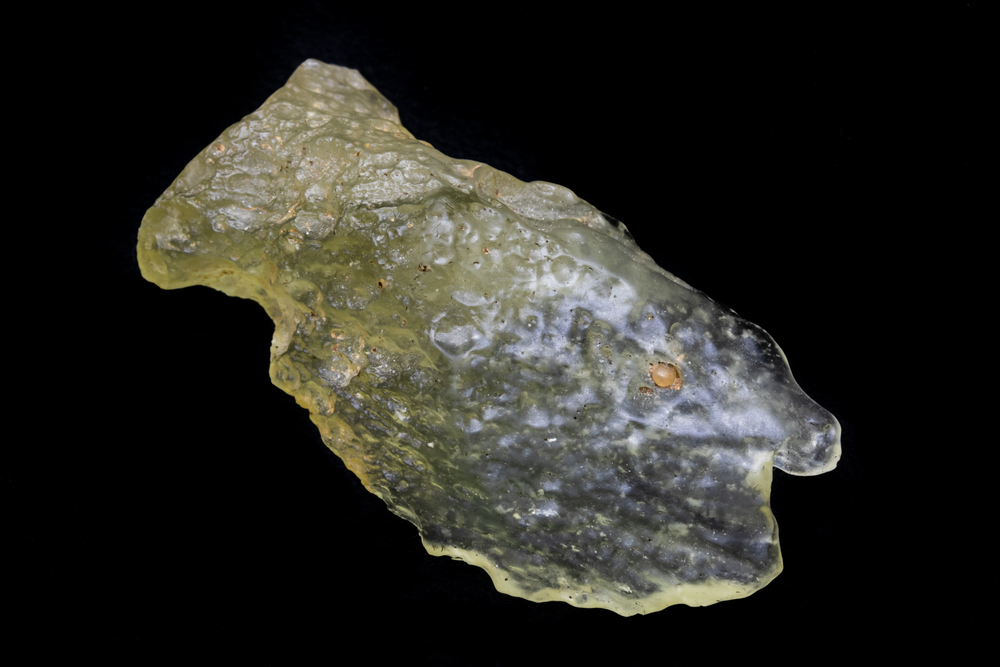
In the deserts of eastern Libya and western Egypt, fragments of a unique yellow-green glass, known as Libyan Desert Glass, are scattered across the sands. Formed approximately 29 million years ago, its origin has been a topic of debate. Recent research indicates it resulted from a meteorite impact, with the intense heat melting the desert sand into glass. It was prized by ancient civilizations; notably, a scarab carved from it adorns Tutankhamun’s breastplate. Its purity and clarity make it a subject of interest for both geologists and gemologists. The vast strewn field suggests a significant event, highlighting the dynamic history of Earth’s surface. Collectors and scientists continue to study these fragments to unravel their full story. Ongoing excavations may yield more clues about its formation.
Bolivia’s Salar de Uyuni – The World’s Largest Mirror
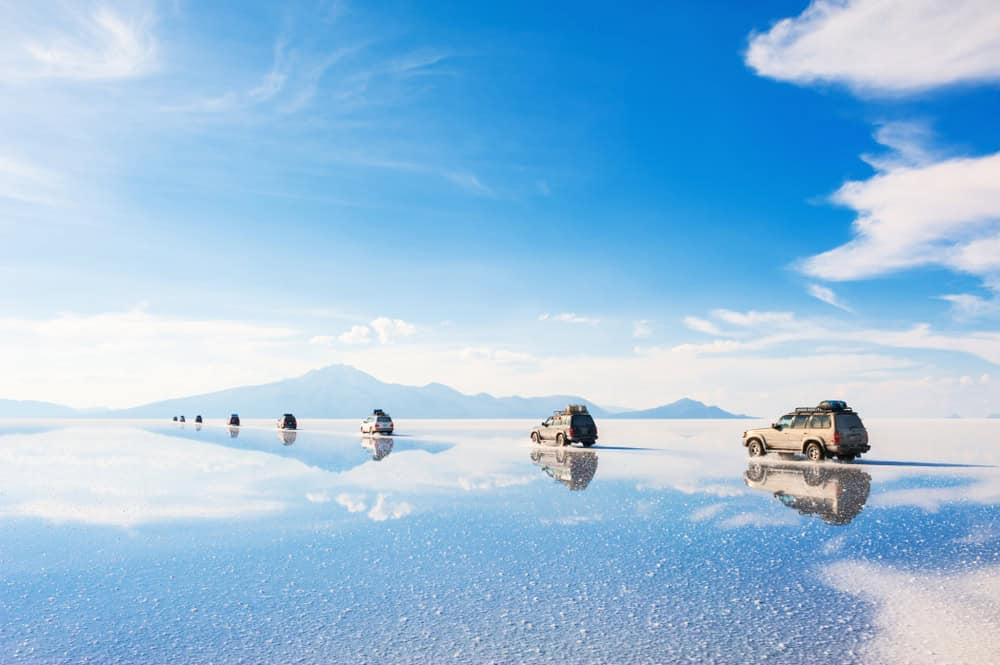
The Salar de Uyuni in Bolivia, a vast salt flat covering over 4,000 square miles, turns into a surreal mirror during the rainy season. When covered by a thin layer of water, the salt flat reflects the sky so perfectly that the boundary between land and sky seems to disappear. This breathtaking phenomenon is a result of the dense, reflective salt crust that holds water on its surface. Besides its natural beauty, it is a vital resource, holding one of the largest lithium reserves in the world. The unique terrain also provides essential minerals and is a nesting ground for rare flamingo species. On moonlit nights, the reflection creates an ethereal landscape that attracts photographers and travelers from around the globe. It is so expansive and reflective that it is even used by satellites to calibrate measurements.
The Black Desert of Egypt
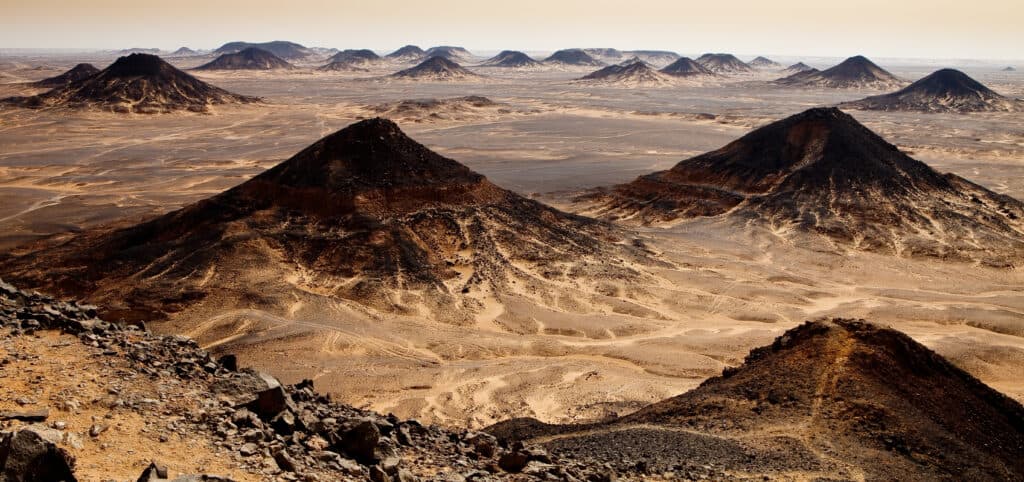
Egypt’s Black Desert, located near the Bahariya Oasis, is distinguished by its black, volcanic mountains and dark, dust-covered landscape. The dark coloration comes from ancient volcanic activity, with peaks coated in black rocks, ash, and basalt. These volcanic remnants create a stark, otherworldly appearance against the lighter-colored desert sands. Unlike traditional sandy deserts, these volcanic hills and black stones give it a rugged, lunar-like landscape. Travelers often report the contrast between black peaks and beige sands as visually captivating, creating a dramatic scene at sunrise and sunset. Geologists study this area to understand past volcanic activity in Egypt’s Western Desert. The region is dotted with unique rock formations and attracts explorers interested in geology and photography.
The Mysterious Desert Varnish in North American Deserts
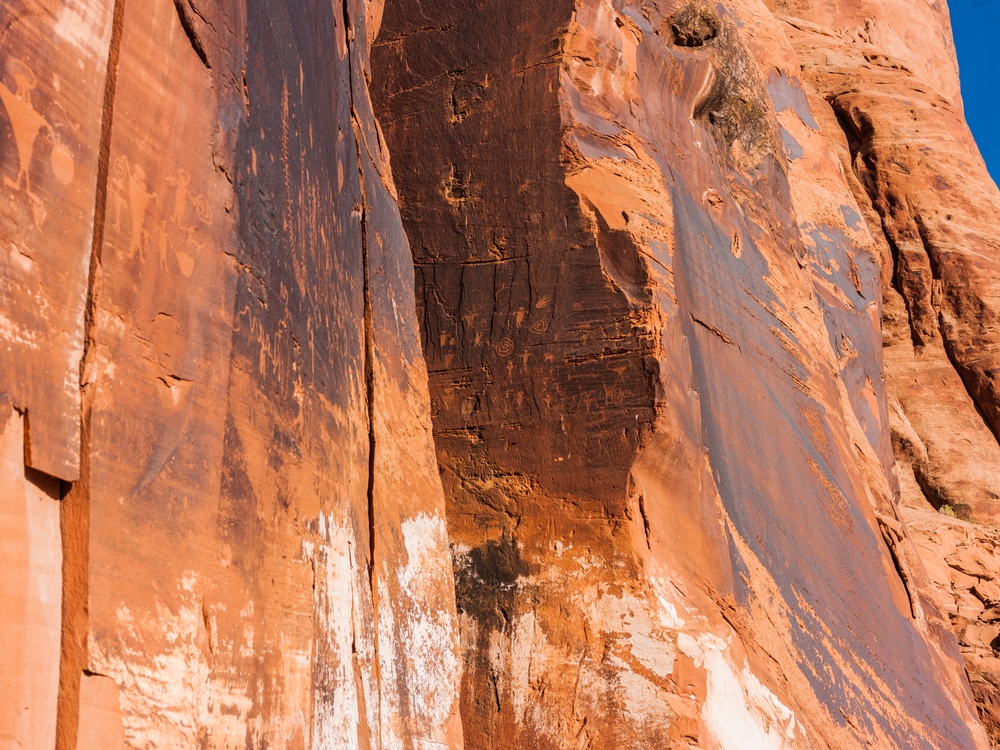
Desert varnish, a thin coating of manganese and iron oxide, covers rocks in deserts across North America, including the Mojave and Sonoran deserts. This dark, glossy coating forms over centuries, giving rocks a polished appearance, and its origin has long puzzled scientists. Some researchers believe that the varnish is formed by microorganisms that thrive in arid conditions and slowly deposit minerals over time. Others argue that it is a purely geological process resulting from chemical reactions on rock surfaces. Ancient Indigenous people etched petroglyphs into these varnished surfaces, leaving art and symbols still visible today. The varnish itself provides clues about past environmental conditions, including climate and air composition. This natural phenomenon offers insight into desert ecosystems and the resilience of life in extreme conditions.
Devil’s Golf Course in Death Valley
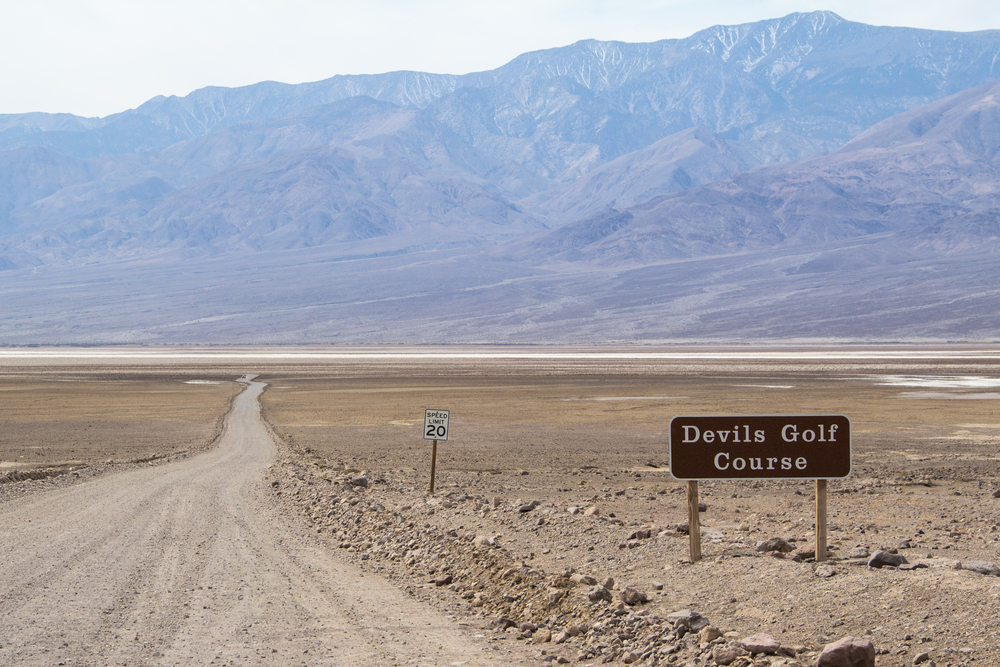
Death Valley’s Devil’s Golf Course is a massive salt pan covered in jagged salt formations, creating one of the most inhospitable landscapes on Earth. Named for its rough terrain, the site was once part of an ancient lake that dried up, leaving behind salt deposits. Erosion and extreme temperatures have sculpted the salt into sharp formations that resemble coral or intricate rock spires. The ground is so rough and uneven that it appears to be a spiky field of salt “crystals,” dangerous to walk on without proper protection. The salt spires also create acoustic effects, making cracking sounds as they expand and contract with temperature changes. This area is nearly devoid of life, showcasing nature’s harsh beauty and the powerful effects of evaporation and erosion.
The Enigmatic Nazca Lines
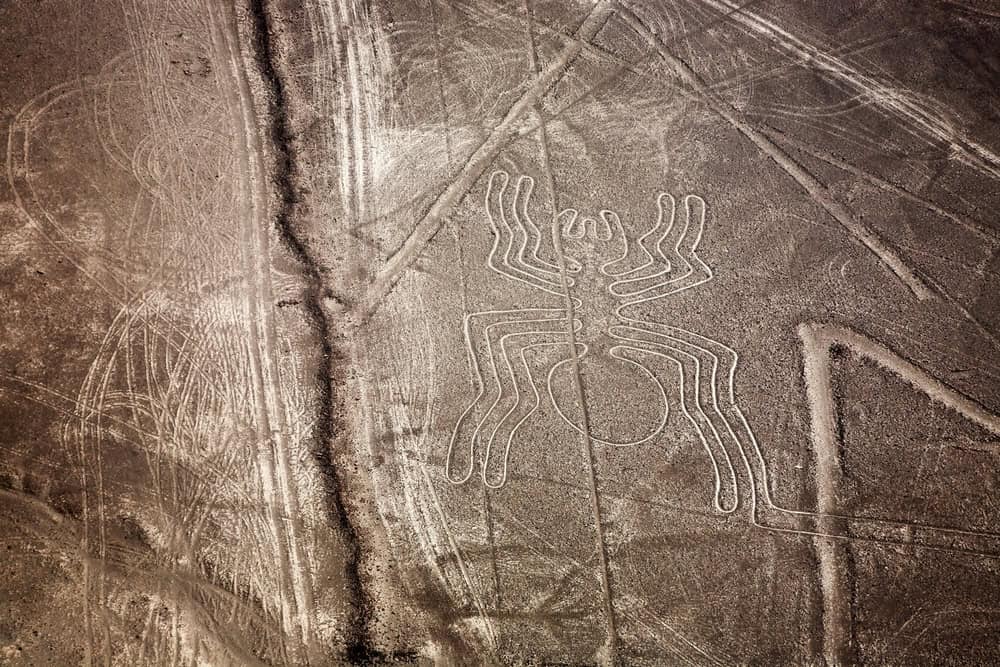
The Nazca Desert in southern Peru is famous for its mysterious geoglyphs, known as the Nazca Lines, which depict animals, plants, and geometric shapes. Created over 2,000 years ago, these massive designs are etched into the desert floor and are best viewed from above. Their purpose remains a mystery, with theories ranging from religious symbols to astronomical calendars. The dry, stable climate and minimal erosion in the desert have preserved these geoglyphs for centuries. The largest figures stretch up to 1,200 feet, showcasing the impressive precision and scale of ancient civilizations. Archaeologists study the lines to understand their cultural significance, and some speculate they were created to be seen by deities or used for ritualistic purposes. Today, these are a UNESCO World Heritage site, drawing visitors from around the world.
This article originally appeared on Rarest.org.
More from Rarest.org
16 Classic Trucks That Defined American Roadways

Classic trucks have long been a backbone of American roadways. Built for durability and performance, these trucks have earned their place in history. The following list highlights the most iconic trucks that shaped American driving culture. Read More.
19 Unique Freshwater Fish Thriving in Lakes and Rivers

Freshwater lakes and rivers are home to a fascinating array of unique fish species, each thriving in its own way within these diverse ecosystems. From ancient predators to gentle giants, these fish have adapted to a wide range of environments, showcasing remarkable traits and behaviors. Read More.
10 Largest Mosques in the World
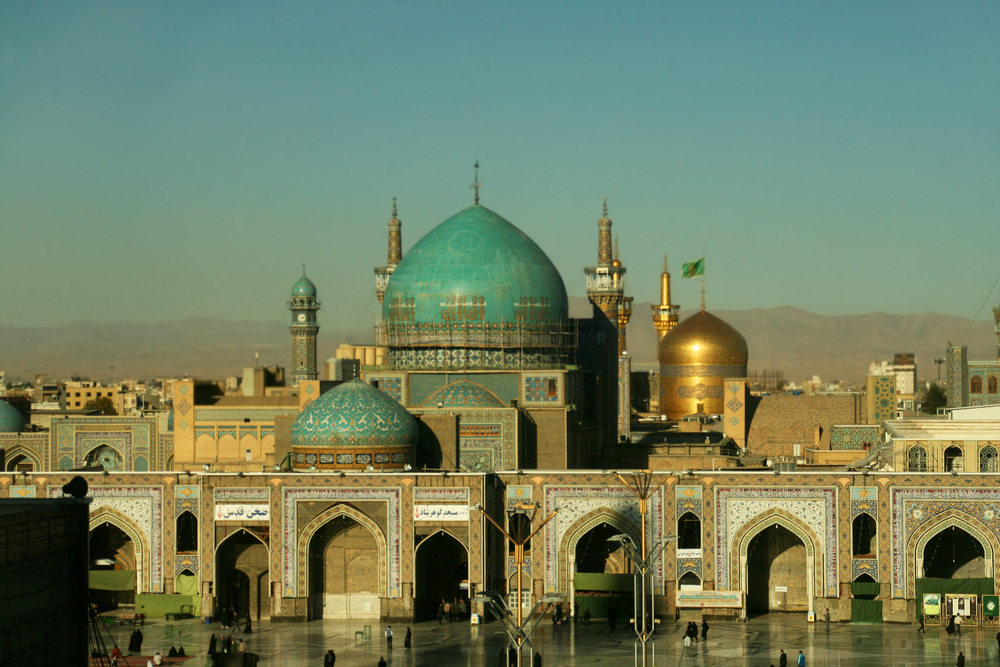
Mosques are not just places of worship but also architectural marvels that represent the cultural, spiritual, and artistic heritage of the Islamic world. Across the globe, these structures stand out for their immense size, intricate designs, and historical significance. Read More.
